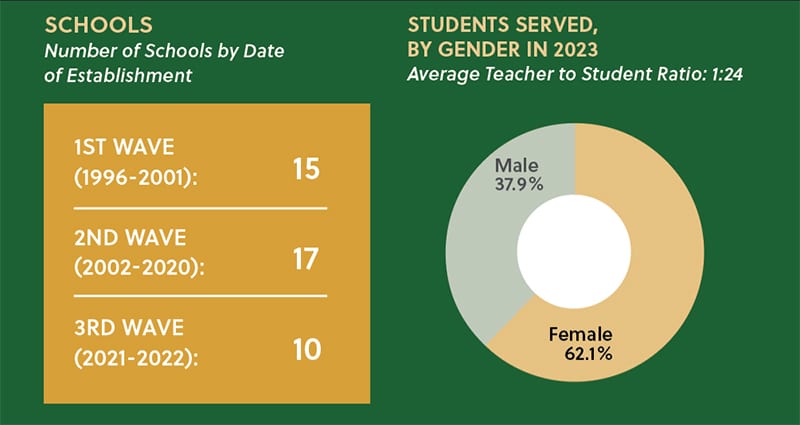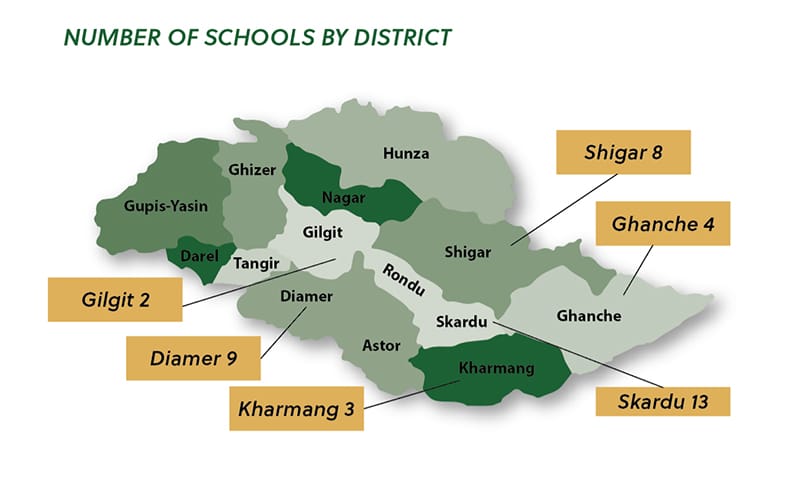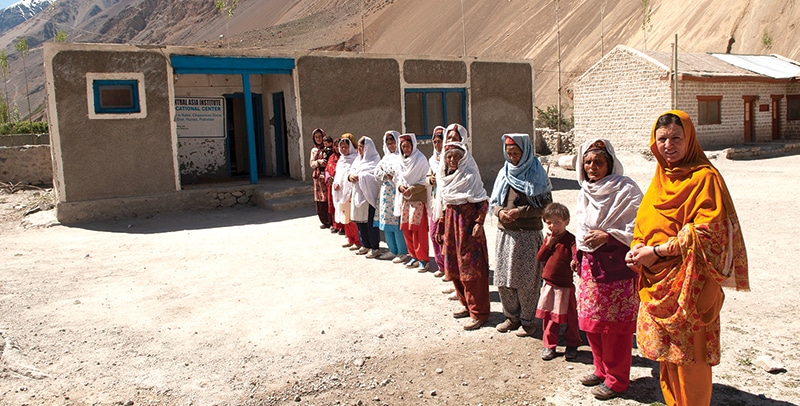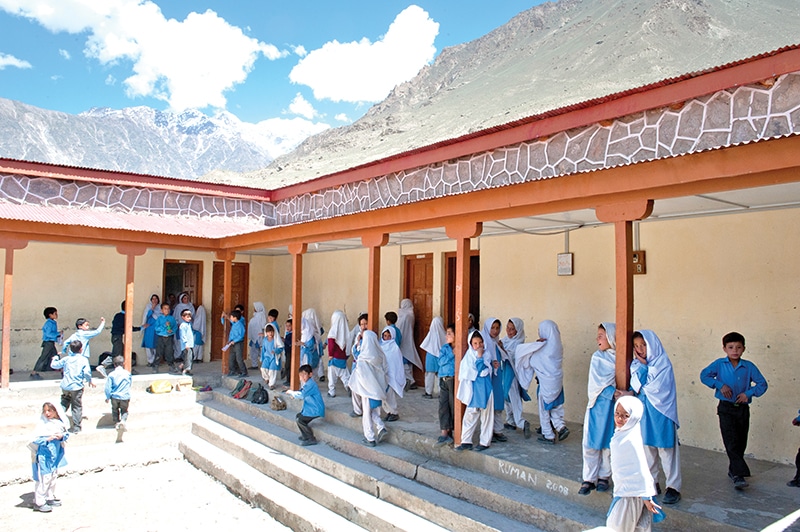A Closer Look at Central Asia Institute’s Impact in Pakistan
By Libby Daghlian
Central Asia Institute’s story begins in 1996 in the mountainous region of Gilgit-Baltistan in northern Pakistan. Today, CAI continues to support 42 schools spread out across six districts and situated among soaring peaks. These schools are full of incredible stories, like the students who grew up to be teachers in the schools they attended as children, and the community members who rallied to help with repairs or donated their time to school councils. Take a journey with us across time and space to see what these schools have achieved, and what is still on their horizon.
Teachers and students
CAI currently supports 42 schools in Pakistan serving 6,231 students. In five out of six districts, the number of female students is higher than the number of male students. There are 269 teachers working in these schools—102 are female and 167 are male. One of CAI’s priorities is to increase the number of female teachers.


Greatest needs
Over time, the demand for education in these communities has grown. Girls in Pakistan have faced greater barriers to education than boys, particularly in poor, rural areas, thus the emphasis on increasing enrollment for girls in CAI schools. Today, the most common need across the schools is for additional classroom space, not only to ease overcrowding but also to allow these schools to serve more grade levels. With several schools providing education for girls only to eighth grade—as opposed to tenth grade for boys—many girls are unable to continue their education, since attending attending high school in faraway towns or cities is not an option.

At the other end of the education spectrum, preschool classes for children aged 3 to 5 are also high on the list of needs. At present, only half of the schools have the facilities and teachers required to make early childhood development possible for these young minds to thrive in school and later in life.School renovations, upgrades, and repairs are also greatly needed. Schools established in CAI’s early years (1996-2001) are more likely to require improved drinking water systems and gender-segregated toilets, which both promote good health and hygiene and incentivize older girls to stay in school. Those schools established more recently (2021-2022) need more teachers to fill the unmet demand for education in these areas.

What comes next
Looking ahead, Central Asia Institute is focused on a continuous improvement approach for schools that requires regularly tracking and verifying needs and progress. In addition to meeting needs identified by the schools, CAI is working towards higher retention rates among upper-level female students and an increase in early childhood education participation. Our goal is to ensure these schools continue not only to be a source of pride for these communities, but also to play a critical role in making education—especially for girls—possible in these remote and underserved mountain areas.


